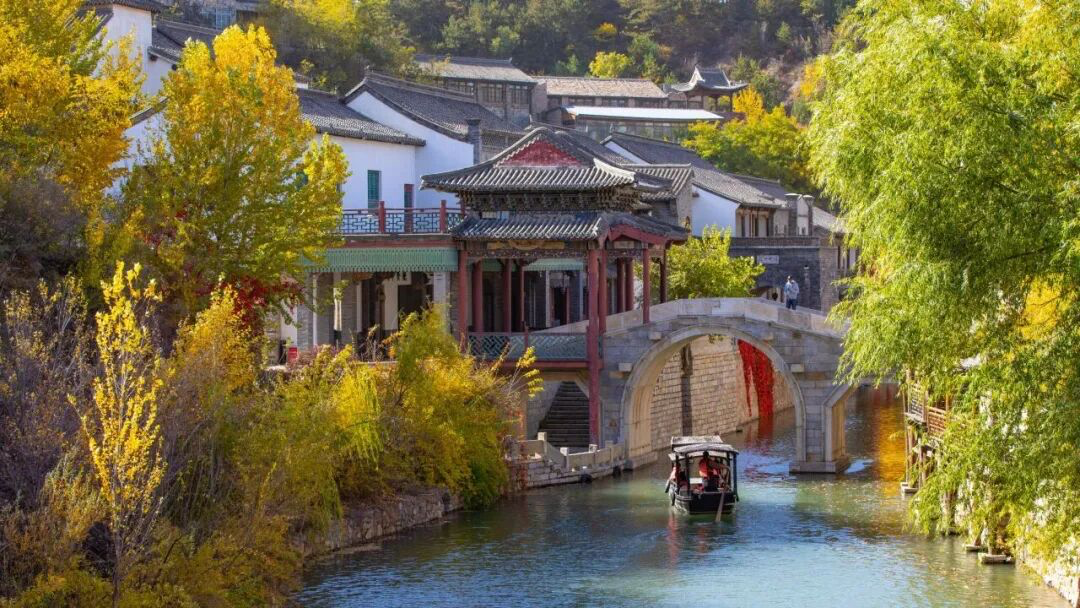Lead: Shows and businesses gathered at Tianqiao Bridge, attracting visitors in a stream and turning the area into a famous entertainment place in the capital. As time passed, the bridge disappeared completely, but the Old Tianqiao Bridge of Beijing has been the representative of Beijing folk customs until today.
Although public sculptures can be found along many Beijing streets and highways, those at the Tianqiao Citizens’ Plaza on Beiwei Lu are renowned: here you will find the “Badaguai” or “Eight Strange Performers.”

They represent special performances in Beijing’s folk culture, and behind each sculpture there is more than one story and anecdote. Beijing Tianqiao is a prosperous and bustling market, famous at home and abroad for decades. South of Tian’anmen Square, between Qianmen and Yongdingmen, with the Temple of Heaven to its east and the Altar to the God of Agriculture to the west, Tianqiao was originally known for a bridge that emperors of the Ming (1368–1644) and Qing dynasties crossed to reach the Temple of Heaven to offer sacrifices to gods at each winter solstice, thus winning its name “the Heavenly Bridge.”
Later, during the reign of the Qing Emperor Guang Xu, this bridge was demolished to make way for a road expansion. Since then, only its name has remained. This place rose to prominence during the Qing Dynasty because of its location, which allowed access to all directions. It was after 1911 that the Tianqiao area began to develop into a marketplace. Here, too, was a place for people of all sorts and social strata to gather.

The “Records of What One Sees and Hears in Beijing” says: “There were seven alleys in Tianqiao Market. Astrologers, fortune-tellers, artificial teeth installers, pawnshops and other goods like clocks, boots and shoes were in the northern five alleys; restaurants and teahouses were in the two southern alleys.” Poor people often gathered in the market to perform and make a living.
Cross-talk, dagu (versified story-telling sung to the accompaniment of a small drum and other instruments), erhuang (one of the two chief types of music in traditional Chinese opera), acrobatics and qigong (a system of deep breathing exercises) flourished in this environment; small theatres proliferated. The most famous theatres, such as Xiaotaoyuan (Little Peach Theatre) and Tianle (Heaven Happiness) remained open for decades.

As with the Old Dong’an Market, the original scenes of the Tianqiao area have all but disappeared; yet, the “Eight Strange Performers” remind us of the great contributions to Chinese folk culture that emerged in Tianqiao. Not that Beijing’s more elderly residents have forgotten; Tianqiao now has an outdoor stage where older folk artists entertain the public with their amazing acrobatic feats and skills.
As the birthplace of Beijing acrobatics, folk arts are still practiced here. Folk artists continue to earn a living by telling stories, juggling and performing traditional operas. In honor of these performers, the “Eight Strange Performers” were installed on the cultural square.
Acrobatics, theatre, story-telling teahouses and cross-talk performances traces of almost anything that embodies the flavour of Beijing could be and still can be found in Tianqiao. That’s the charm of the place: no fancy shopping malls or high rises, just authentic Beijing style. Taking a bit of time to understand the stories behind Wangfujing and Tianqiao’s sculptures will add to your memorable experience in Beijing.



